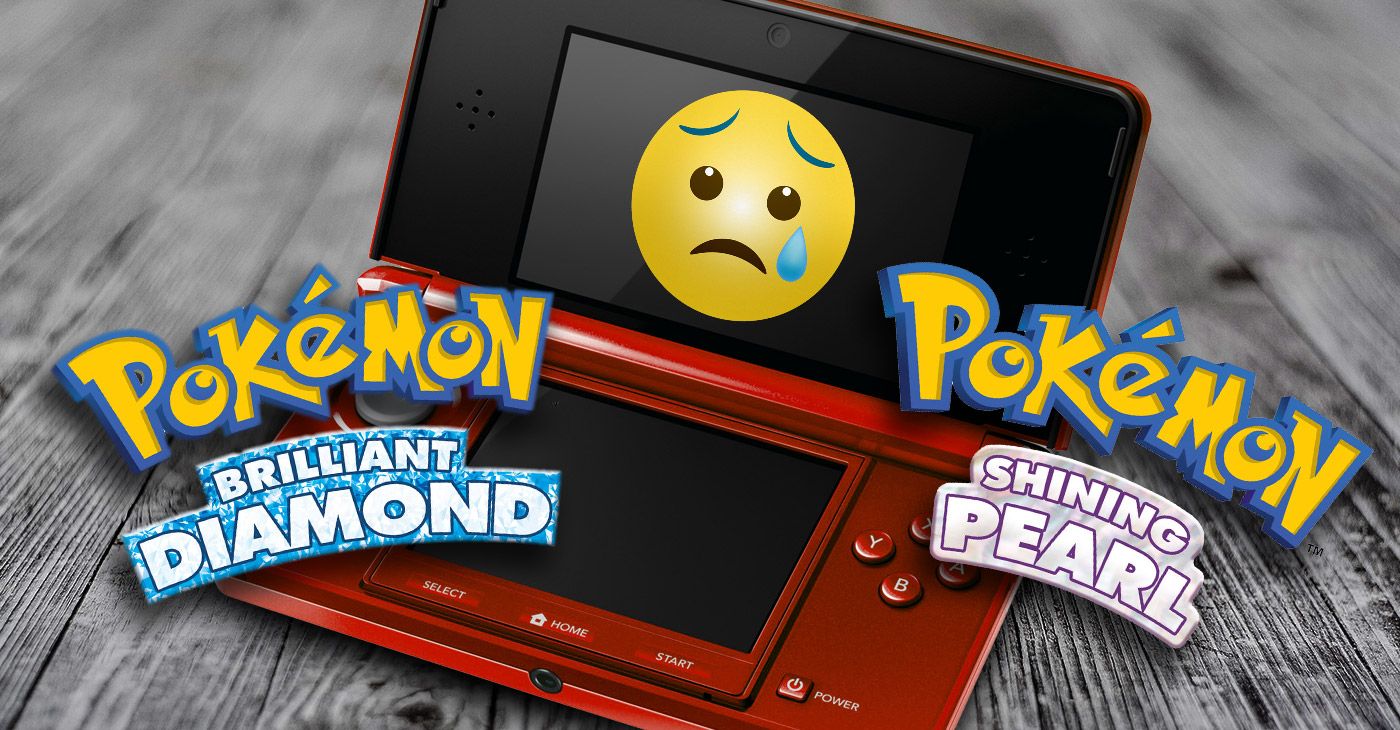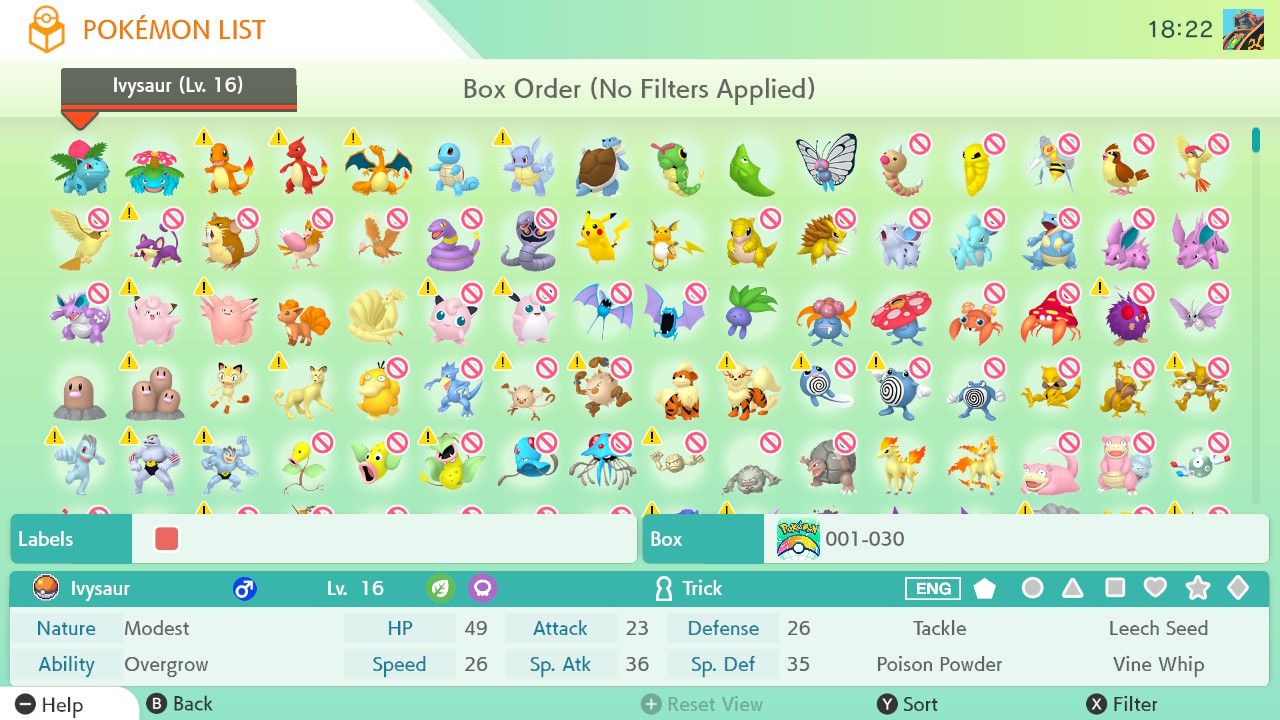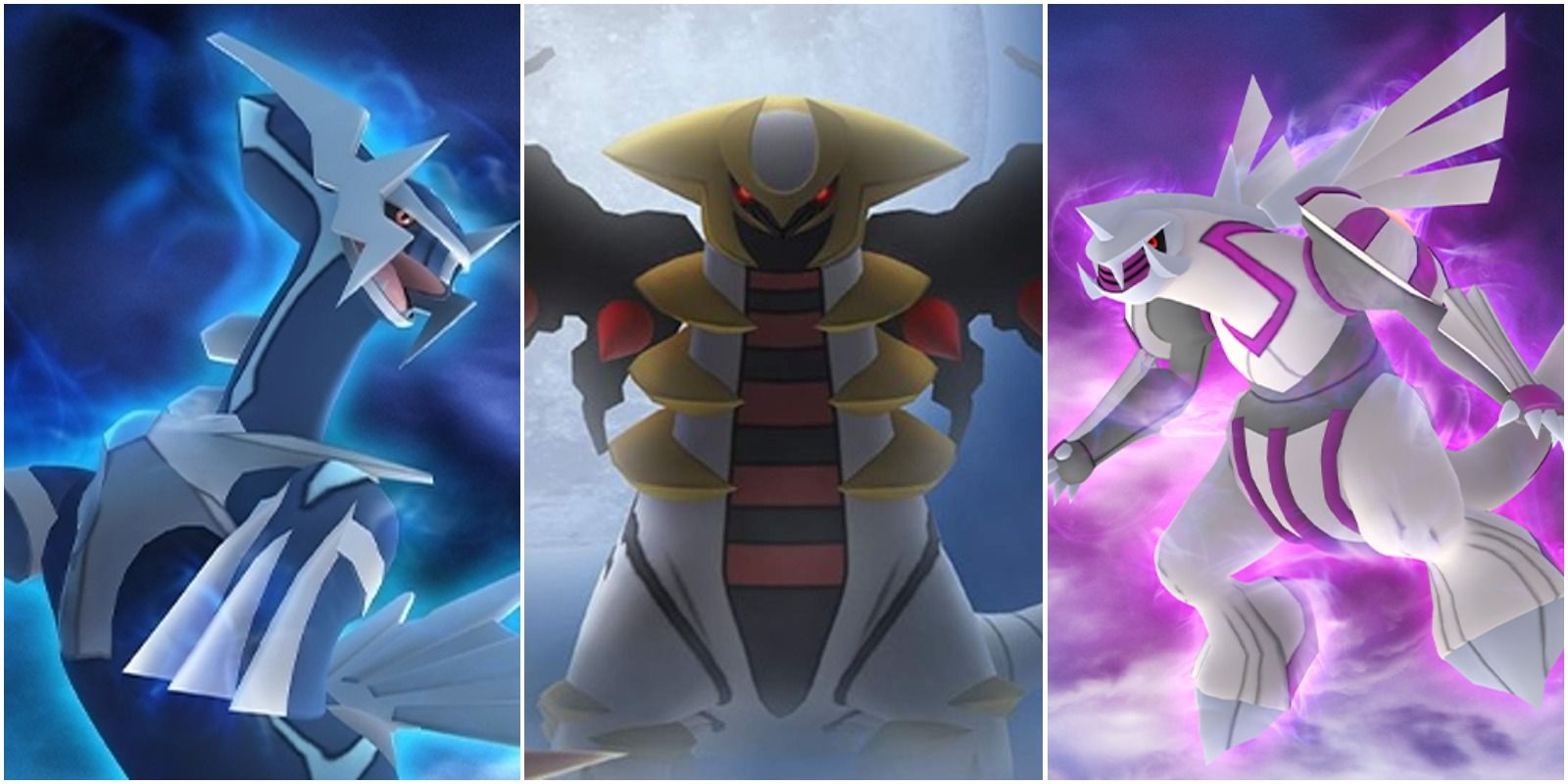Pokemon Diamond and Pearl are often considered some of the most-polished games in the franchise, and their bevy of unique features showing off the capabilities of the Nintendo DS likely play a part in this perception. The first foray into the fourth Generation of Pokemon games utilized the touch screen by letting players polish their Gym Badges and use apps on the Poketch, while the Normal/Flying-type Chatot's signature move Chatter could use custom audio thanks to the DS microphone. Upcoming remakes Pokemon Brilliant Diamond and Shining Pearl can emulate some of these ideas thanks to Switch hardware, but others will be lost to time.
When the games were revealed as part of the 25th anniversary Pokemon Presents livestream in February, it was clear Brilliant Diamond and Shining Pearl are sticking to their roots. While Game Freak is hard at work on Pokemon Legends: Arceus, a unique open-world game set in the far past, Japanese studio ILCA is handling the more traditional remakes. Brilliant Diamond and Shining Pearl have a toy-like aesthetic similar to 2019's The Legend of Zelda: Link's Awakening, and they appear to emulate their predecessors more than prior remakes like Omega Ruby and Alpha Sapphire. Some fans have been disappointed about this, but it's hard to deny the appeal of bringing certain fan-favorite features like Sinnoh's multiplayer Underground back as they were, just in HD.
However, even if the Switch can use its online functionality to bring back the Underground and its touch screen to bring back badge polishing, it cannot access Game Boy Advanced (GBA) titles like the Nintendo DS could. Original models of the handheld console were able to slot DS games into the top and GBA games into the bottom. This was great for backward compatibility, but Nintendo also showed its ingenuity by allowing developers to let these games communicate. The so-called dual-slot mode was particularly well used in Pokemon games, and Diamond and Pearl remakes may feel emptier without it despite the original functionality being mostly obsoleted.
Innovation in Pokemon Transfer Technology
Dual-slot mode had one primary function in Diamond and Pearl: Letting players transfer their monsters from Generation 3 GBA games into Generation 4. A facility called Pal Park could be found east of Sandgem Town in the Sinnoh region (and in HeartGold/SoulSilver's Fuchsia City) wherein users could migrate Pokemon from Ruby, Sapphire, Emerald, Firered, and Leafgreen versions. Only a full party of six could be transferred at a time, as players would have to roam the Pal Park's enclosure to see which environment a migrated Pokemon would choose to hide in.
Transferring Pokemon by literally connecting these games in the same console was clever, and making it into a game of hide-and-seek, while somewhat more tedious, was immersive and fun compared to what was available in previous entries. Generation 1 and 2 games on the Game Boy and Game Boy Color could trade back-and-forth to a certain extent using the Time Capsule in every Pokemon Center. However, those monsters could not be brought forward into Generation 3 via any official means. The games became more complex as they went on, with Generation 3 introducing inherent Abilities while overhauling the statistical values that made each Pokemon unique.
Generation 4 Pokemon could be moved into the Generation 5 games Black, White, and their sequels through the Poke Transfer system - similar to Pal Park but instead using a minigame with trainers launching Poke Balls using a slingshot. Due to the lack of dual cartridge support, players would instead have to use Download Play on two DS systems to connect the games. Generation 6 and 7 used the Poke Bank application for storage and transfer, which was a precursor to Generation 8's Pokemon Home - itself developed by ILCA.
Of course, this only applies to mainline Pokemon games. Niantic's mobile game Pokemon GO originally transferred monsters into Pokemon Let's Go, Pikachu! and Eevee!'s GO Park (located in the same place as Pal Park in HeartGold and SoulSilver) before they could be sent to Pokemon Home, and other spin-offs have had similar connections.
Dual-Slot Mode in Pokemon and Beyond
Transferring Pokemon through Pal Park is not the only reason why players would want to utilize dual-slot mode. While playing Diamond, Pearl, and Platinum versions, having one of the GBA games inserted would result in Pokemon from those regions appearing in certain locales across Sinnoh. For example, inserting Ruby version gives Seedot a chance to appear, whereas Firered version gives Ekans a chance to appear. Despite also being on the DS, HeartGold and SoulSilver replaced this functionality with weekly Hoenn and Sinnoh music in the PokeGear Radio app.
Spin-off games Pokemon Dash and Pokemon Mystery Dungeon: Blue Rescue Team also had compatibility with GBA games (though only with Red Rescue Team in the latter case), but Game Freak was not the only developer using this feature. For example, Frogger: Helmet Chaos let players unlock unique costumes if they inserted a GBA Frogger game; Harvest Moon DS let characters from the GBA's Mineral Town visit, among other things; and Kirby: Canvas Curse could play music from Nightmare in Dreamland.
The Nintendo Switch only has a cartridge slot for its own games, and as of this writing just NES and SNES games are widely available via Nintendo Switch Online. Pokemon Brilliant Diamond and Shining Pearl will likely have to leave the Pal Park behind, which is a shame given how well-integrated it was into the world of the originals despite ultimately being a way to transfer Pokemon. Other facilities like the Global Terminal in Jubilife City will also have to change given Generation 8 has its global trade tied to Pokemon Home. It will be interesting to see how the remakes adjust these obsolete ideas for a new audience.
Pokemon Brilliant Diamond and Shining Pearl are set to release in late 2021 on Nintendo Switch.



